Chang La Pass : Feel the Chill, Embrace the Thrill



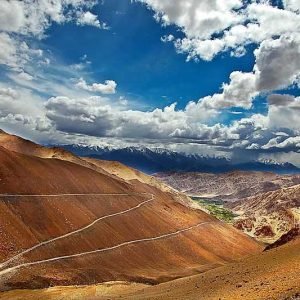
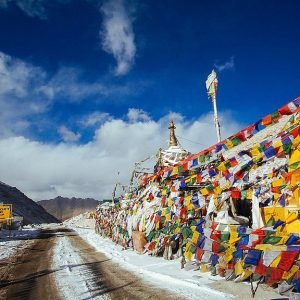
Table of Contents
Toggle1. Introduction
At an altitude of 17,590 feet, Chang La Pass counts amongst the highest motorable passes in the world. Situated amidst the fabulous region of Ladakh in India, Chang La is believed to be a place that offers great views, bad roads, and a glimpse into history. The pass derives its name from a Tibetan saint, and this is the entrance point to the famous Pangong Lake; hence, no Ladakh itinerary can exclude a visit to this place.
2. Salient Points of Chang La Pass
a. Altitude: 17,590 feet (5,360 meters)
b. Location: Ladakh, Jammu & Kashmir, India
c. Distance from Pangong Lake: Approximately 75 km
d. Nearest Town: Leh (approximately 75 km)
e. Claim to Fame: Snowy landscapes, high altitude, and bad roads
The given guide covers everything related to a visit, sightseeing, and the importance of Chang La Pass.
3. Historical Importance
Chang La has been and is a significant part of history because the reason for its importance lies in the direction. The caravans between Tibet and Ladakh used it, and today it is very close to the India-China border and hence enjoys much military significance. This pass was named after the revered saint of Tibet, Chang La Baba, and his temple is located at the pass and thus offers the traveler a meritorious place to reflect spiritually and seek protection.
4. Geography and Climate
Chang La Pass is situated in the Trans-Himalayan region amidst the barren yet dazzling beauty of Ladakh Mountains. For most parts of the year, the pass remains buried under heavy snow. During winter, the temperature often plummets below freezing. In summers, however, the snow melts, revealing rocky and rugged surfaces.
5. Geographical Features
High-altitude Mountain Ranges with frozen rivers and streams that cross the region. Highways are precarious and full with steep inclines and hairpin bends. In summer, breathtakingly beautiful ranges of green valleys come into view.
6. Weather Conditions
The weather condition of Chang La is extreme and unpredictable as the altitude is high:
a. Winter (November to March): Temperature falls to – 20°C or even below. Heavy snowfall blocks the pass, and it is mostly closed during this period.
b. Summer (May to September): Temperature lies between 5°C and 15°C. Thus, it is considered the best time.
c. Monsoon: Negligible amount of rainfall as it falls in the rain shadow area of the mountain pass.
7. How to Reach Chang La Pass
The way to reach Chang La Pass itself is an adventure. The nearest town, which is also a major tourist destination in Ladakh, is Leh. The pass lies around 75 km from Leh along the Pangong Lake route.
a. Roadways:
i. From Leh: The road journey from Leh to Chang La is one of the most breathtaking and thrilling drives. The roads during summer are decent and well-maintained; however, owing to steep altitude and sharp curves, driving has got to be really skillful.
ii. Taxis & Private Vehicles: Available for hire at Leh or even self-driven with caution.
iii. Bikes & SUVs: Given the rugged nature, Chang La has become a hotspot for bikers and off-roading activity.
b. Permits:
A special ILP is required to visit Chang La and the other restricted areas of Ladakh. This includes Pangong Lake. It can be issued from the District Magistrate’s Office in Leh.
8. Things to Do at Chang La Pass
Even though Chang La primarily acts as a passing point to reach Pangong Lake, it is a place offering some experiences that one may have:
a. Enjoy the Scenic Views
The panoramic views of snow-capped peaks and vast, barren landscapes of Ladakh make Chang La an ideal spot for those having a keen interest in photography. Views of continuous stretches of snow and mountain ranges give an environment of surrealism that is often termed a “white desert.”
b. Visit the Chang La Baba Temple
The small temple dedicated to the protector saint of this region, Chang La Baba Temple, lies at the top of Chang La. The people stop here to pay a prayer and seek blessings for a safe journey.
c. Taste Local Cuisine
Basic refreshments are provided by the Army-run small café at Chang La, offering hot tea, coffee, and Maggi noodles. This acts as great relief after the chilling ride and means of communicating with the Indian Army personnel deployed at the top.
d. High-Altitude Adventure
For the thrill-seekers, driving or biking to Chang La itself is an adventure. Even the most seasoned adventurers are put to test due to the steep climb, narrow roads, and unpredictable weather.
9. Nearby Attractions
Chang La Pass is not an independent destination but part of an extended tour to Ladakh. The main attractions around Chang La Pass include:
a. Pangong Lake (75 km)
Farther ahead of Chang La, one moves to the Pangong Lake, one of the most beautiful and famous lakes in Ladakh. It is blue, with its coloured-blue waters changing colour with the angles of sun.
b. Hemis Monastery
En-route to Chang La, a slight detour will take you to the Hemis Monastery, one of Ladakh’s largest and most famous monasteries. This monastery is mainly famous for its annual festival called Hemis and its rich cultural heritage.
c. Thiksey Monastery (35 km from Leh)
The other important monastery around Leh, Thiksey is a Tibetan Buddhist monastery offering breathtaking views of the Indus Valley.
d. Durbuk Village (20 km)
En-route to Pangong Lake, this small village depicts the culture of Ladakh: traditionally constructed houses, small food joints, and scenic beauty.
10. Health and Safety Tips
Travelers visiting Chang La have to be prepared for severe conditions since this place falls under extremely high altitude. Following are some tips to help one stay safe:
a. Acclimatization
The altitude of Chang La is enough that AMS can set in if you ascend really fast without acclimatizing your body. You are supposed to spend two to three days in Leh for acclimatization before you start off for Chang La.
b. Hydration and Nutrition
i. Drink good amount of water to stay hydrated.
ii. Energy-rich snacks like chocolate, nuts, and dry fruits will help you sustain energy levels.
c. Oxygen Levels
Because the level of oxygen is not so high in this kind of height, it is always better to carry portable cylinders of oxygen, especially in the case of those people who easily get sick from altitude sickness.
d. Warm Cloth
During any time of the year, the temperatures of Chang La are cold. It would be a great idea to wear multi layers, windproof jacket, gloves, woolen cap, and high altitude boots.
e. Vehicle Maintenance
If driving yourself, ensure that the vehicle is in excellent shape. Carry extra fuel, chains for the tires, and general repair tools as the road is treacherous.
11. Best Time to Visit
The months from May to September are ideal for visiting Chang La Pass since roads are accessible, and though cold, the climate is not normally intolerable for tourists. In winter, the pass is shut down due to heavy snowfall that also makes driving very hazardous.
12. Chang La and the Indian Army
Chang La forms a strategically very important place for India, and the Indian Army is deployed here all over the year. The jawans are busy in clearing the roads round the year and many times help the tourists when they face altitude-related problems. Many a time, it is very common to find army people at the top and travelers thanking them for being at such high extremes and also helping them in such conditions.
13. Conclusion
Chang La Pass is little more than a high-altitude road; it is much more like a journey of stunning sceneries, richness in history, and unique experiences in culture. Adventure-seeker, nature lover, spiritual seeker, or whatever one might be, Chang La has something to offer to each. Just remember to prepare well for the altitude and weather conditions, and the rewards will be unforgettable.
How to book a trip to Chang La Pass, India with Charzan Holidays?
For a seamless and exceptional booking experience, contact Charzan Holidays at reservations@charzan.in or call us at +919622224473
Frequently Asked Questions
1. What is Chang La Pass? | |
| Chang La Pass is a high mountain pass located in the Ladakh region of India, situated at an altitude of approximately 5,360 meters (17,590 feet) above sea level. It connects the town of Leh to the Pangong Lake. | |
2. How do I reach Chang La Pass? | |
| You can reach Chang La Pass by road from Leh. The most common route is via the Leh-Pangong Lake road, which is approximately 140 kilometers and takes around 5-6 hours by car. | |
3. Is Chang La Pass open year-round? | |
| No, Chang La Pass is usually open from late May to early October. During winter, heavy snowfall can close the pass, making it inaccessible. | |
4. What is the best time to visit Chang La Pass? | |
| The best time to visit is from June to September, when the weather is relatively mild, and the roads are clear. | |
5. Are there any accommodations near Chang La Pass? | |
| There are no permanent accommodations at the pass itself, but you can find hotels and guesthouses in nearby towns like Leh or Tangste. | |
6. What are the weather conditions like at Chang La Pass? | |
| Weather can be unpredictable, with temperatures ranging from -5°C to 10°C (23°F to 50°F). It can be windy and cold even in summer, so warm clothing is essential. | |
7. Is it safe to drive to Chang La Pass? | |
| Driving to Chang La Pass can be safe, but it’s essential to be cautious of altitude sickness and the challenging road conditions. Experienced drivers should handle the journey. | |
8. What precautions should I take before visiting Chang La Pass? | |
| Acclimatize properly to high altitudes, stay hydrated, and carry necessary medications for altitude sickness. Dress warmly and check weather conditions before traveling. | |
9. Can I visit Chang La Pass without a permit? | |
| Indian citizens do not need a permit to visit Chang La Pass, but foreign nationals require an Inner Line Permit, which can be obtained in Leh. | |
10. What is the significance of Chang La Pass? | |
| Chang La Pass is significant for its breathtaking views, cultural heritage, and its role as a strategic military route between India and Tibet. | |
11. Are there any landmarks at Chang La Pass? | |
| Yes, there is a temple dedicated to the deity of the pass, and you’ll find various signboards and landmarks showcasing the altitude and distance to key locations. | |
12. What can I do at Chang La Pass? | |
| Visitors can enjoy stunning views, take photographs, and experience the beauty of the surrounding Himalayan landscape. It’s also a popular spot for adventure enthusiasts. | |
13. Is there mobile connectivity at Chang La Pass? | |
| Mobile connectivity can be limited in the area. It’s advisable to inform someone about your travel plans before heading to the pass. | |
14. Are there any dining options at Chang La Pass? | |
| There are no formal dining options at the pass, but you might find small stalls or vendors selling snacks and hot tea. | |
15. What are the nearby attractions to Chang La Pass? | |
| Nearby attractions include Pangong Lake, Nubra Valley, and the famous monasteries in the region, such as Thiksey and Hemis Monasteries. |



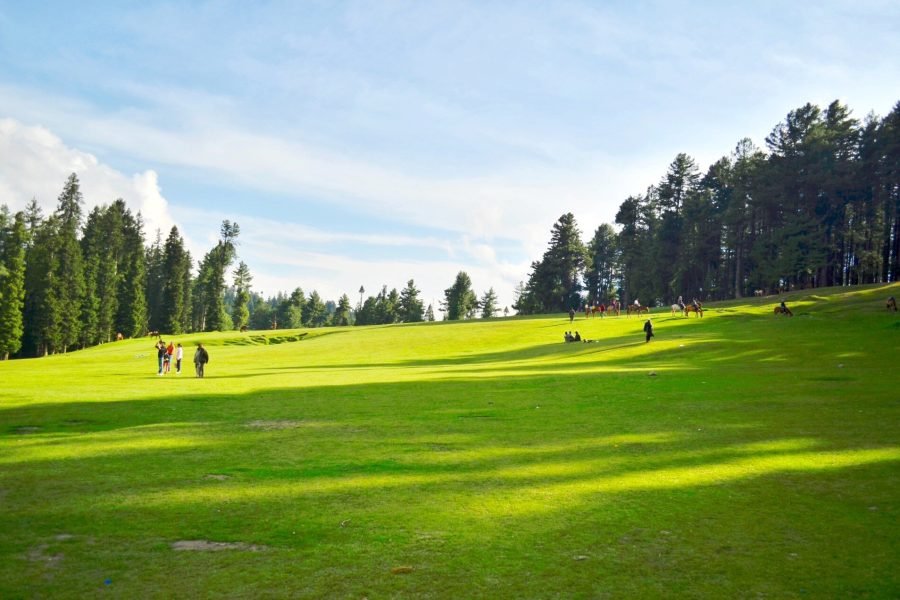
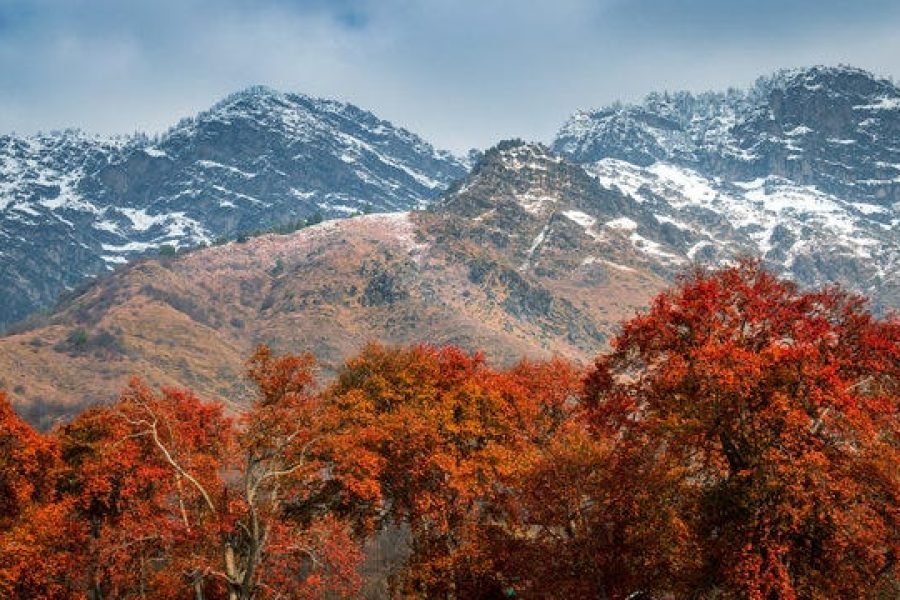
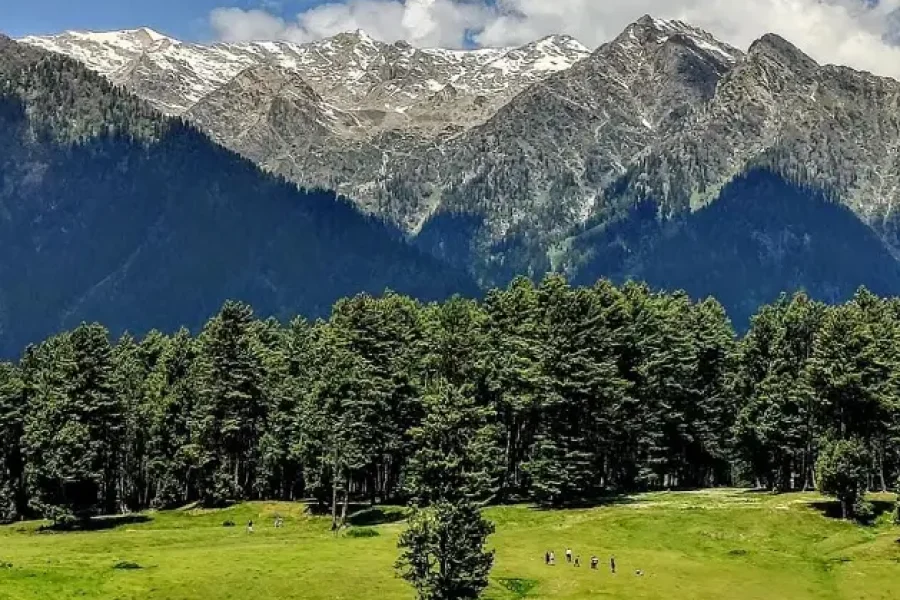
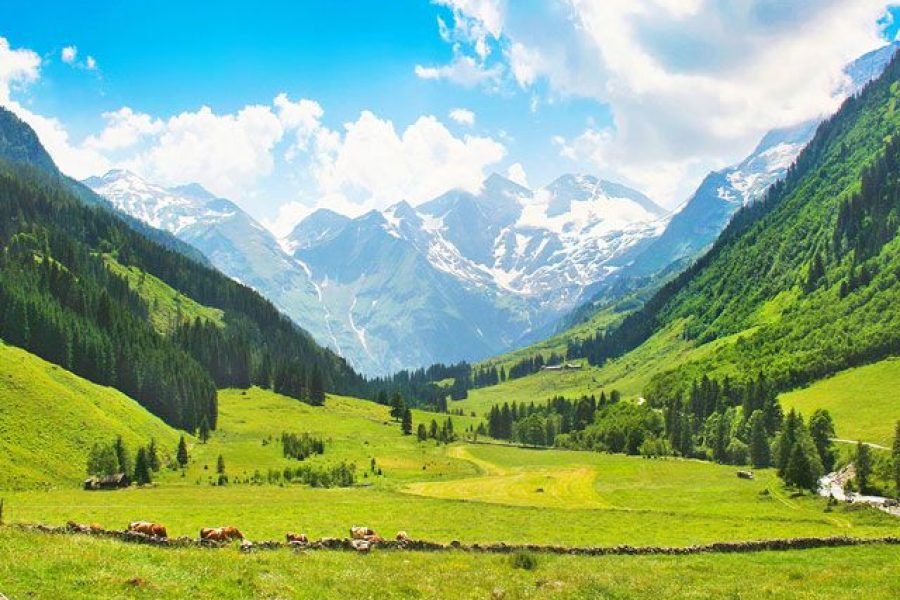
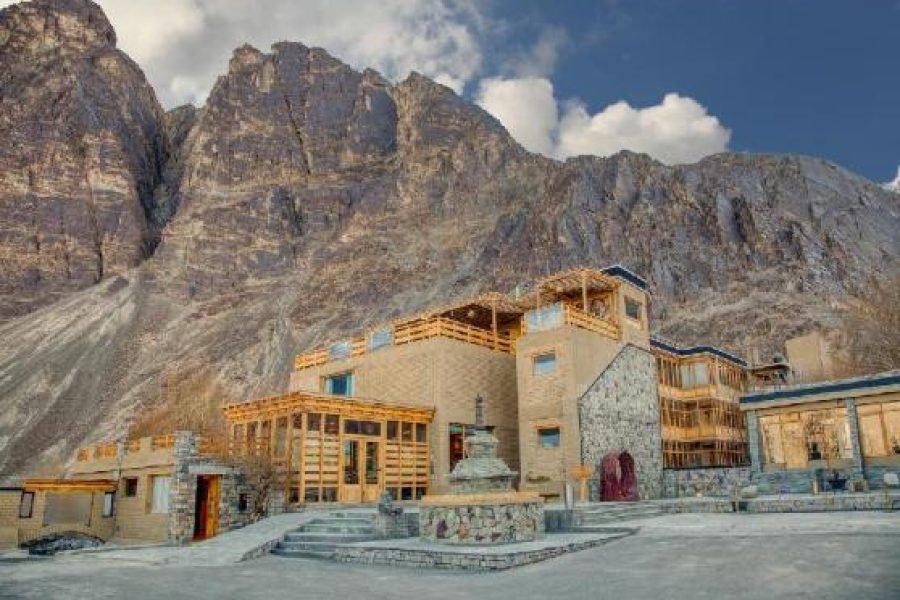
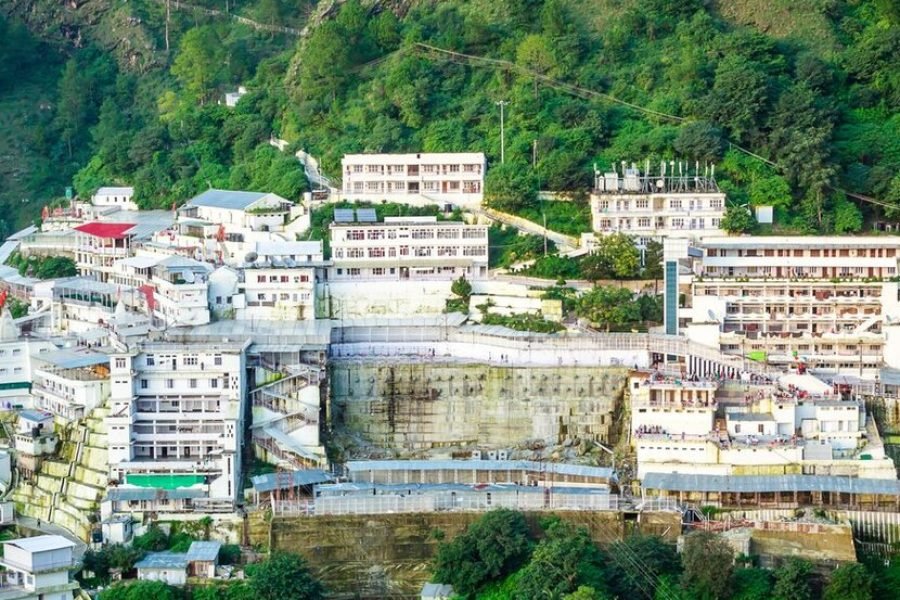
0 Comment